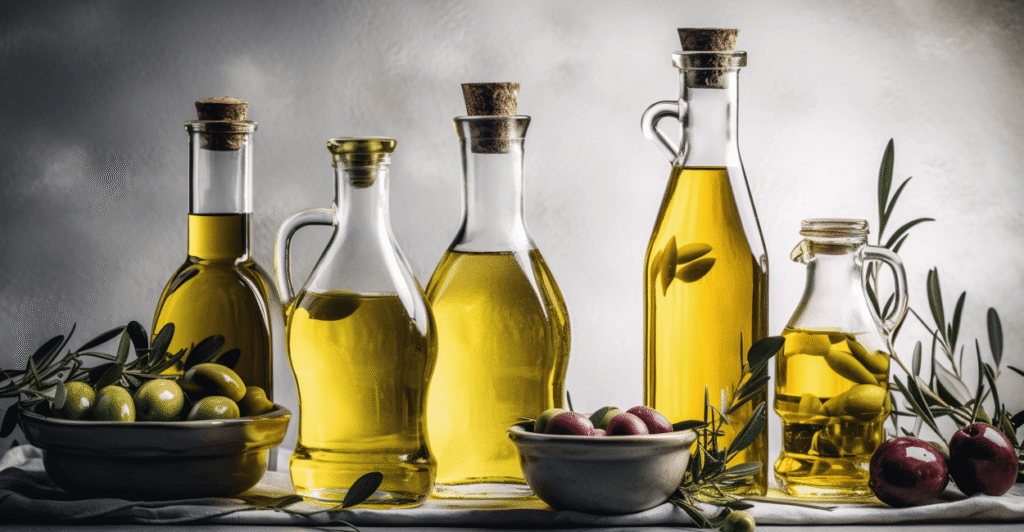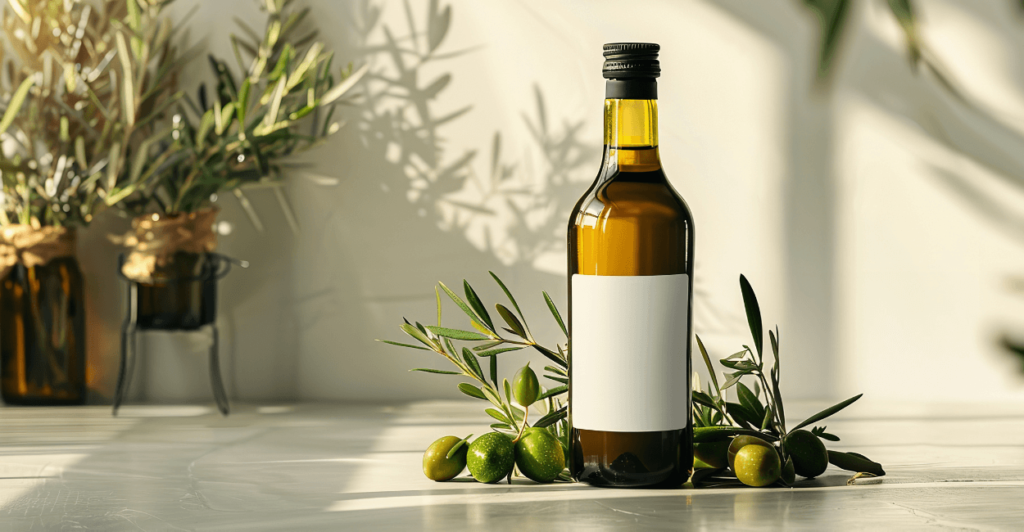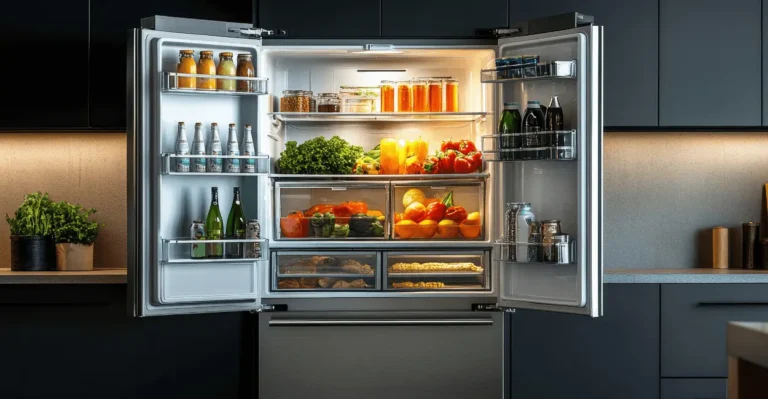
Olive oil has earned its place as a beloved kitchen staple in countless American homes. Thanks to its silky texture, rich flavor, and remarkable versatility, it’s the go-to choice for everything from sautéing veggies and frying eggs to whipping up dressings and dips. Plus, with its well-documented health benefits, olive oil is often hailed as the gold standard among healthy cooking fats.
But there’s one crucial thing many people overlook: where you store your olive oil matters more than you might think. Just because it’s best kept in a “cool, dark place” doesn’t mean your refrigerator is the right spot.
Why olive oil doesn’t belong in the fridge
It’s a common mistake to tuck that bottle of extra virgin olive oil into the refrigerator, assuming it’ll stay fresher longer. However, the cold environment inside your fridge can actually cause olive oil to solidify, turn cloudy, or even develop a grainy, buttery texture.
This change happens because olive oil starts to solidify at around 54°F (12°C). While this transformation doesn’t ruin the oil’s nutritional value, it certainly makes it less convenient. If your olive oil is cold and clumpy, you’ll have to wait for it to thaw back to room temperature before it flows smoothly again — whether it’s in a glass bottle or a plastic squeeze container.
What happens to olive oil in cold temperatures
If you’ve ever pulled a bottle of olive oil from the fridge only to find it thick and opaque, you’ve witnessed firsthand how quickly it changes in colder temps. The problem isn’t just the temporary inconvenience. According to food safety experts, repeatedly chilling and warming olive oil can gradually degrade its quality.
When olive oil undergoes frequent temperature swings, it can cause condensation inside the bottle. That added moisture promotes oxidation and even microbial growth, which is far from appetizing if you enjoy pouring olive oil straight over salads or dipping crusty bread into it. Over time, you might notice your oil developing a murky color or an unpleasant, sour smell — both telltale signs it’s gone bad.
Refrigeration also makes using olive oil frustratingly slow. Imagine prepping a quick weeknight meal, reaching for your trusty olive oil, only to realize it’s a semi-solid block that needs time to liquefy.
Freezing olive oil? Only in special cases.
Some clever kitchen hacks suggest freezing olive oil in small portions, like in ice cube trays, to extend its shelf life or to store infused oils. While this can be handy for long-term storage or recipe prep, it’s not ideal for your everyday cooking needs. For daily use, olive oil is best kept liquid and ready to pour.
The right way to store olive oil

Want to keep your olive oil fresh and flavorful for as long as possible? Think of it like coffee beans or a good bottle of wine — it deserves careful storage.
The best spot is a cool, dark cupboard or pantry, safely away from the chilly air of the fridge, the heat of your stove, or bright sunlight streaming through a window. Always seal the cap tightly after each use to keep air and moisture out, slowing down oxidation.
If you’re buying olive oil in bulk, be smart about it. Invest in dark-colored bottles, like green or amber glass, to block damaging light. And if you splurge on a high-quality extra virgin olive oil, it’s wise to pick a smaller container that you can finish within a few months of opening. Remember, olive oil starts to lose its peak flavor the moment you break the seal.
A quick tip for countertop aesthetics
Love the look of a pretty olive oil dispenser on your counter? That’s perfectly fine — just be sure to only fill it with enough oil to last about a week. Leaving larger amounts out in the warm kitchen environment, especially near the stove, can cause it to degrade faster, robbing it of its delicate flavors and beneficial nutrients.
Bottom line
Olive oil is far too valuable — both in taste and health benefits — to be mishandled by poor storage. Skip the fridge, store it in a cool, dark spot, and you’ll always have beautifully smooth, ready-to-pour olive oil whenever inspiration strikes in the kitchen.









